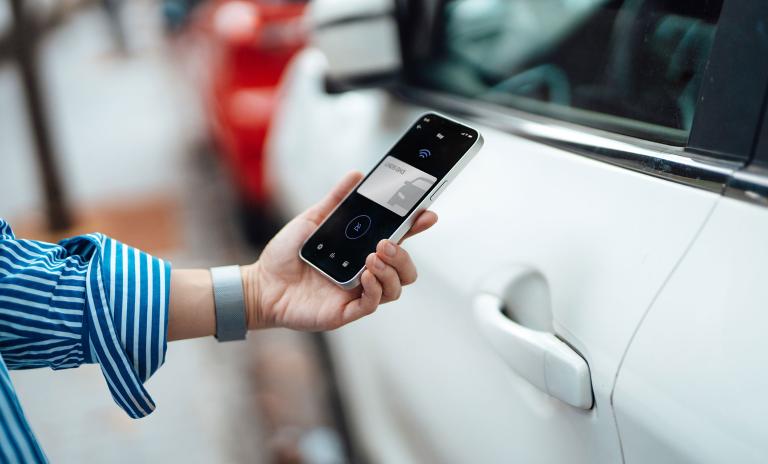Smart Mobility contributes to a more sustainable and value-adding state of mobility. Find out more about new mobility scenarios for our society here.




The European mobility market is shifting towards a more flexible model of vehicle ownership. Short-term services and flexible ownership models such as leasing, rental and subscription are gaining importance, providing attractive growth rates and potential revenue pools for market participants – from traditional OEMs and leasing companies to digital platforms. How do regional markets differ in terms of their dynamics? What is the competitive landscape like? And where do the challenges and sweet spots lie for market players? We examine the facts behind the hype.

Flexible ownership models for vehicles are growing more and more popular across Europe. Also known as Car-as-a-Service (CaaS) models, they are part of the larger trend towards "no worries" usage models seen across many industries. A number of factors draw today's consumers to such models. Thus, the relatively recent emergence of electric vehicles of various types (xEVs) has created uncertainty about which car technology will ultimately win out. This makes potential purchasers reluctant to own an expensive asset that might rapidly depreciate in value.
The current economic environment across Europe is pushing potential vehicle owners towards more flexible models, too. Economic uncertainty forces consumers to think very carefully about any investment they may be considering: Today's consumers are more hesitant than in the past to make long-term commitments to big-ticket items. Given the size of the outlay required, monthly payments rather than outright purchases may be an attractive alternative.
The dynamics of the European market differ by region. Southern Europe lags far behind on electrification, due partly to lower disposable incomes making electric vehicles unaffordable for households, and partly to the region's slow progress building charging infrastructure . In both Spain and Italy, for example, the convenience offered by flexible ownership, coupled with a push by market players to access lower-income consumers, could be the key to getting the market moving.
To offer flexible ownership models, companies must carefully orchestrate different capabilities: manufacturing, infrastructure (especially for battery charging ), financing, insurance, maintenance and remarketing. Today, different players cover different parts of the value chain. But many are trying to build on their core capabilities and customer base to expand into other parts of the value chain. New players are also continually emerging in different parts of the value chain, offering specific flexible ownership models. Over time, the competitive landscape will evolve and several winning models will likely exist side-by-side.
For incumbent OEMs, the changes in the market mean increasing competition from new mobility players, especially in the B2C segment. In their core area of new vehicle sales, once the current vehicle shortage is over, increasing competition on battery electric vehicles (BEVs) and the growing share of sales to fleets will eat into OEM margins. In their other major margin pool – the sale of spare parts – greater competition with independent aftermarket players and the lower maintenance needs of BEVs will also reduce margins. Flexible ownership is therefore a very interesting opportunity for OEMs to benefit from new profit pools further down the value chain in the B2C segment.
Financial services companies have several options for capturing value at their disposal. Some players may find their way into the business by leveraging their broad customer base. Banking groups, which have long been involved in auto financing, can exploit this point of contact, for example. Banks are seeing a decline in traditional credit financing and at the same time losing control of the customer interface, as OEMs take charge of the entire selling process from initiation to financing. In response, many are now stepping up their involvement in flexible ownership by means of mergers and acquisitions, joint ventures, or simply expanding the positioning of their established businesses. Adapting their value proposition and offering new forms of vehicle ownership both preserves their historical business and generates new growth levers.
For pure subscription players, the most important question is how to move from the startup phase to building a sustainable, profitable business model at scale. No one-size-fits-all solutions exist here; recommendations will differ depending on the player's specific situation. Overall, however, any player wishing to benefit from new profit pools in this market should now shift from a defensive to an offensive approach, given the rapid expansion of flexible ownership.
To find out how Roland Berger can help you benefit from new profit pools in the flexible vehicle ownership market, stay tuned and expect our European flexible ownership market study. In the meantime, you are very welcome to contact one of our automotive and financial services specialists to discuss your business opportunities.
Sign up for our newsletter and get regular updates on Smart Mobility topics.